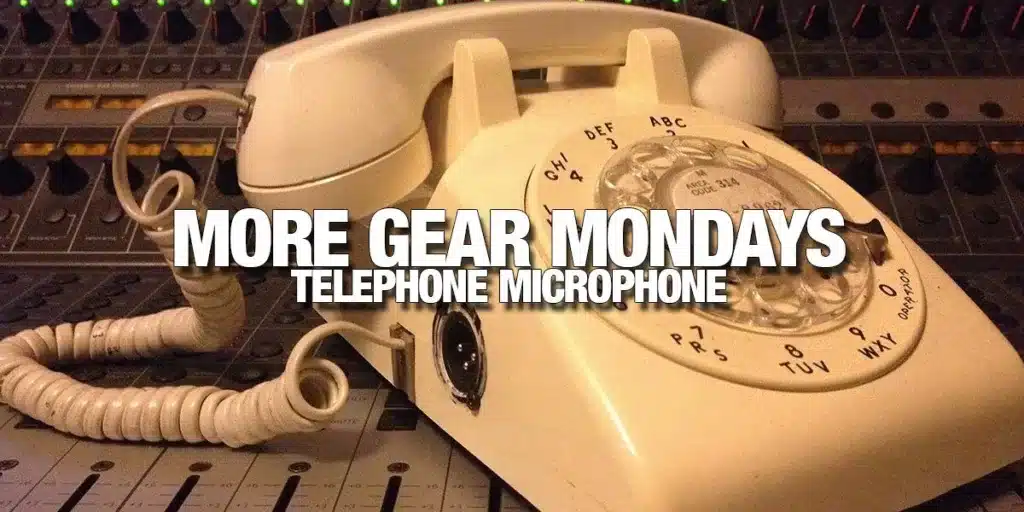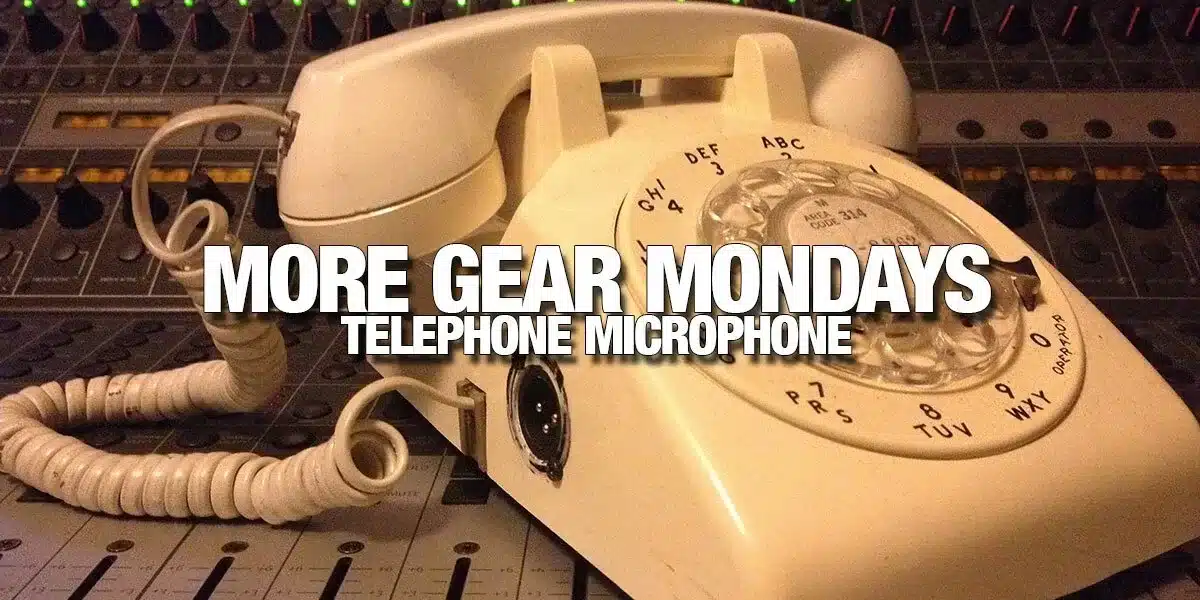
A couple of weeks ago we were hanging out at the studio and James came across the Tape Op article for building a telephone microphone from an old rotary telephone! It’s a pretty straight forward how-to guide, but its a bit old so they assume that it’s easy to find a rotary phone today. We had to hit a few different resale shops and eventually came across one at an antique mall in South St. Louis. It was bit more than $3 as well. After getting it back to the studio I opened it up and started planning where I would place my connections. I decided early on that I’d like to keep the handset and the phone’s body as close to normal appearance as I could. I ended up only adding a surface mount XLR male connector to the body of the phone and used the existing phone cord to carry signal.
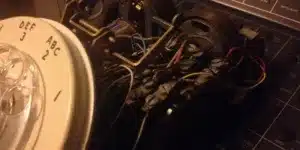
Once the XLR connector was mounted, I soldered the connections from the microphone piece to the XLR and linked ground and hot. Checking the telephone microphone at first produced nothing, but applying phantom power to the phone fired it right up.
It actually took quite some time for me to figure this out. When it didn’t work correctly at first, I assumed the telephone I bought had a bad microphone in it. I was searching eBay for a good deal on a new phone or microphone piece, but wasn’t having any luck finding anything for a reasonable price. I had gone to our local electronics store, Gateway Electronics, for another project I was working on and happened to find some telephone handsets for cheap there. I substituted the microphone from one into my handset and still had no signal. That’s when I decided to try phantom power.
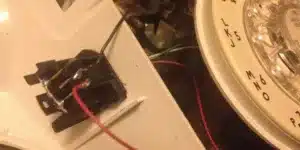
Testing it in the studio was really fun and showed how easily it captured that perfect telephone sound. It makes sense, but it had never dawned on me to try this before. Noticing that it had quite a bit of noise from handling it, I stuffed some spare studio foam squares into the handset behind the transducers to try and cut down on rumble and rattle.
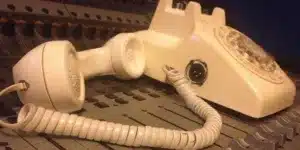
Testing the telephone microphone in the booth, it was clear that headphones would be difficult to wear while using the phone naturally and also contributed to significant feedback problems. I decided to utilize the earpiece and send the headphone signal through the handset. After finding the pinout for our Furman HDS-6 headphone system, I stripped a phone cable and crimped on an ethernet connector to the Left and Right signal pins. Passing the signal through to the handset was as easy as connecting the leads inside the phone.
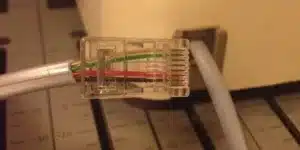
The only modification I would like to add at the moment is to take advantage of the switch that is lifted when the handset is removed from the base. I’d like to pass the headphone signal through this so that it was inactive while the handset was on the base, but passed through when lifted.
Farout from Indyground was in the studio when we finished the build. He was the first person to use the new telephone microphone!

